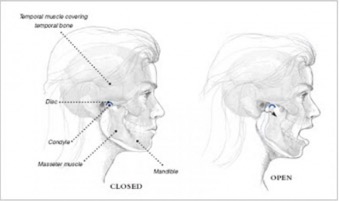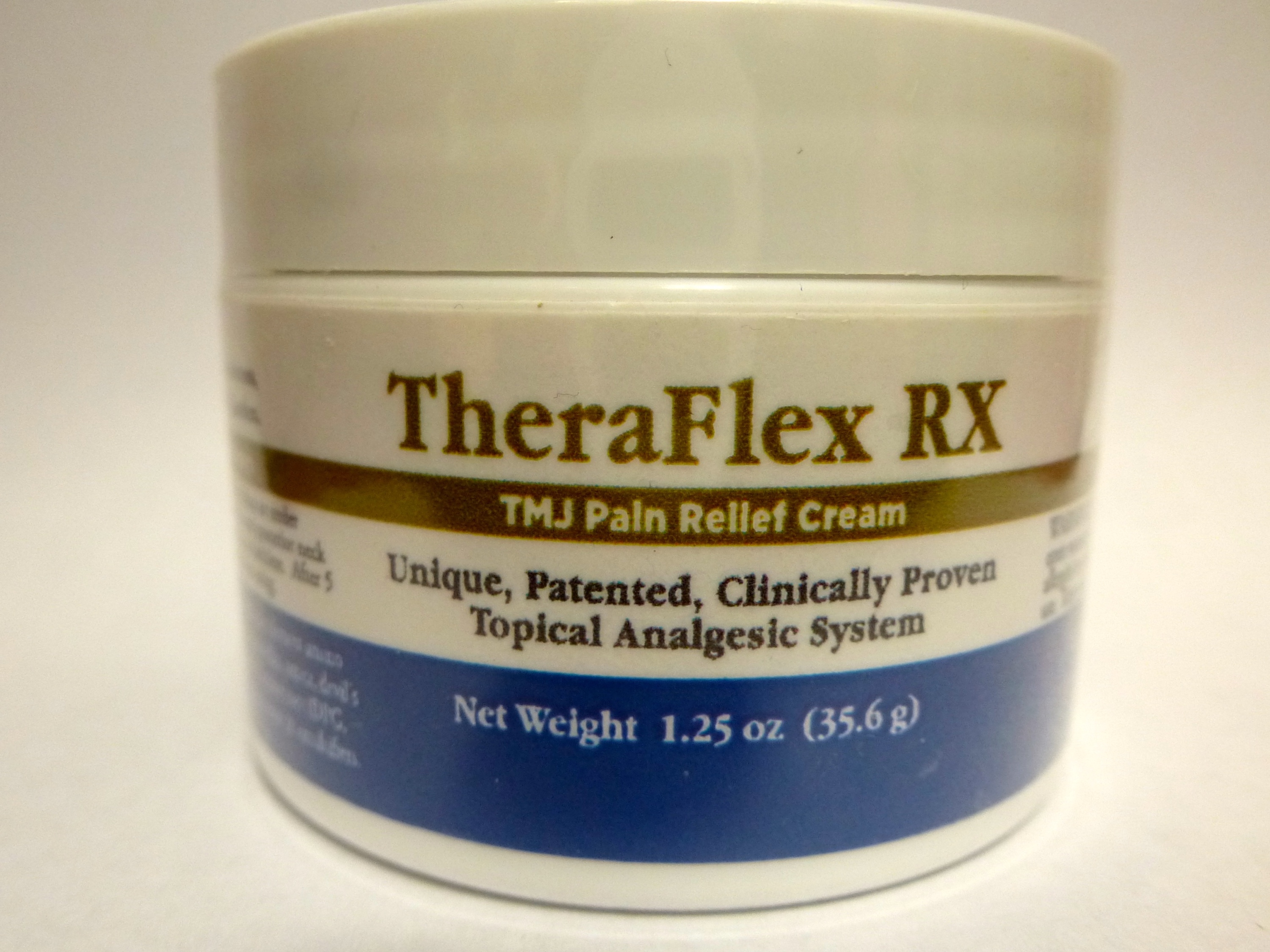NATIONAL INSTITUTE OF DENTAL AND CRANIOFACIAL RESEARCH
TMJ (Temporomandibular Joint and Muscle Disorders)
Overview
Temporomandibular joint and muscle disorders, commonly called "TMJ," are a group of conditions that cause pain and dysfunction in the jaw joint and muscles that control jaw movement.
Researchers generally agree that the conditions fall into three main categories:
- Myofascial pain involves discomfort or pain in the muscles that control jaw function.
- Internal derangement of the joint involves a displaced disc, dislocated jaw, or injury to the condyle.
- Arthritis refers to a group of degenerative/inflammatory joint disorders that can affect the temporomandibular joint.
Some estimates suggest that TMJ disorders affect over 10 million Americans. These conditions appear to be more common in women than men.
Causes
Trauma to the jaw or temporomandibular joint plays a role in some TMJ disorders, but in most cases, the exact cause of the condition is not clear. For many people, symptoms seem to start without obvious reason.
Because TMJ is more common in women than in men, scientists are exploring a possible link between female hormones and TMJ disorders.
Symptoms
A variety of symptoms may be linked to TMJ disorders. The most common symptom is pain in the chewing muscles and/or jaw joint. Other symptoms include:
- radiating pain in the face, jaw, or neck,
- jaw muscle stiffness,
- limited movement or locking of the jaw,
- painful clicking, popping or grating in the jaw joint when opening or closing the mouth,
- a change in the way the upper and lower teeth fit together.
Diagnosis
There is no widely accepted, standard test now available to correctly diagnose TMJ disorders. Because the exact causes and symptoms are not clear, identifying these disorders can be difficult and confusing.
Your doctor will note your symptoms, take a detailed medical history, and examine problem areas, including the head, neck, face, and jaw for tenderness, clicking, popping, or difficulty with movement. The doctor might also suggest imaging studies such as an x-ray.
You may want to ask your doctor about other causes of pain. Facial pain can be a symptom of many conditions, such as sinus or ear infections, various types of headaches, and facial neuralgias (nerve-related facial pain). Ruling out these problems first helps in identifying TMJ disorders.
Treatment
Because more studies are needed on the safety and effectiveness of most treatments for jaw joint and muscle disorders, experts strongly recommend using the most conservative, reversible treatments possible. Conservative treatments do not invade the tissues of the face, jaw, or joint, or involve surgery. Reversible treatments do not cause permanent changes in the structure or position of the jaw or teeth. Even when TMJ disorders have become persistent, most patients still do not need aggressive types of treatment.
Conservative Treatments
Because the most common jaw joint and muscle problems are temporary and do not get worse, simple treatment may be all that is necessary to relieve discomfort. Short term use of over-the-counter pain medicines or nonsteroidal anti-inflammatory drugs (NSAIDs), such as ibuprofen; the use of a stabilization splint, or bite guard, that fits over upper or lower teeth may provide relief. If a stabilization splint is recommended, it should be used only for a short time and should not cause permanent changes in bite. Studies of their effectiveness in providing pain relief have been inconclusive.
Irreversible Treatments
Surgical treatments are controversial, often irreversible, and should be avoided where possible. There have been no long-term clinical trials to study the safety and effectiveness of surgical treatments for TMJ disorders. Additionally, surgical replacement of jaw joints with artificial implants may cause severe pain and permanent jaw damage. Some of these devices may fail to function properly or may break apart in the jaw over time.
Helpful Tips
Self-care practices that may help ease symptoms of TMJ:
- eating soft foods,
- applying an ice pack,
- avoiding extreme jaw movements like wide yawning, loud singing, and gum chewing,
- learning techniques to relax and reduce stress,
- practicing gentle jaw stretching and relaxing exercises that may help increase jaw movement. Your health care provider or a physical therapist can recommend exercises if appropriate for your particular condition.
Additional Resources
- Less is Often Best in Treating TMJ Disorders
- NIDCR's fact sheet gives an overview of TMJ disorders.
- Less if Often Best in Treating TMJ Ad Slicks [PDF - 3 pages]
- Three camera-ready ads suitable for use in newsletters, magazines, and other publications. These ads provide information on how to order NIDCR's "TMJ Disorders" brochure.
- MedlinePlus: Temporomandibular Joint Dysfunction The NIH National Library of Medicine's collection of links to government, professional, and non-profit/voluntary organizations with information on TMJ disorders.
- The TMJ Association The TMJ Association is a nonprofit, patient advocacy organization whose mission is to improve the quality of health care and the lives of everyone affected by temporomandibular disorders.
Related Publications



 Theraflex Rx TMJ Pain Relief Cream
Theraflex Rx TMJ Pain Relief Cream